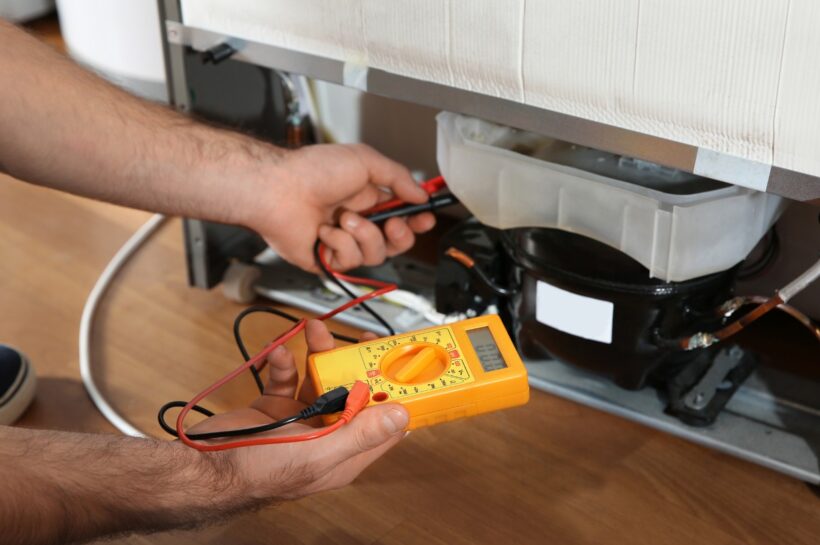Austin Refrigerator Repair

Your Experienced, Local Austin Refrigerator Repairman
Repairing a refrigerator involves diagnosing the problem and addressing specific issues. Here’s a step-by-step guide to help you troubleshoot and potentially fix common refrigerator problems:
1. Check the Power Supply
Ensure the refrigerator is plugged in.
Check the circuit breaker to make sure it hasn't tripped.
Test the outlet by plugging in another appliance to confirm it’s working.
2. Inspect the Temperature Settings
Set the temperature correctly. Typically, the refrigerator should be set to around 37°F (3°C) and the freezer to 0°F (-18°C).
3. Clean the Condenser Coils
Unplug the refrigerator.
Locate the condenser coils (usually at the back or bottom).
Clean the coils using a vacuum or a coil brush to remove dust and debris.
4. Check the Door Seals
Inspect the gaskets around the door for cracks or wear.
Clean the seals with soapy water and a cloth to ensure they are sealing properly.
Replace damaged gaskets if necessary to ensure an airtight seal.
5. Test the Defrost System
Check the defrost timer (located inside the fridge or under the front panel) and advance it manually to see if it initiates the defrost cycle.
Test the defrost heater and thermostat for continuity using a multimeter. Replace faulty components.
6. Examine the Evaporator Fan
Listen for the fan when the fridge door is closed. If it's not running, it could be faulty.
Access the evaporator fan (located behind the freezer panel) and test it with a multimeter. Replace if necessary.
7. Inspect the Condenser Fan
Locate the condenser fan near the compressor.
Ensure it’s running properly. If it’s not, check for obstructions or test the motor with a multimeter.
8. Test the Compressor
Listen for the compressor to see if it's running. If it’s not, the start relay or capacitor might be faulty.
Test the compressor components with a multimeter and replace any faulty parts.
9. Check the Thermostat Control
Locate the thermostat control inside the fridge.
Turn it to the coldest setting and listen for a click. If you don’t hear one, test the thermostat with a multimeter and replace if necessary.
10. Diagnose and Fix Specific Issues
Refrigerator Not Cooling: Could be due to dirty condenser coils, faulty evaporator or condenser fans, or compressor issues
Leaking Water: Often caused by a blocked defrost drain or a faulty water inlet valve
Tools and Parts You Might Need
Multimeter
Screwdrivers
Vacuum or coil brush
Replacement parts (e.g., fans, thermostats, gaskets)
When to Call a Professional
If you’re not comfortable performing the repairs.
If the refrigerator has complex electronic controls.
If the compressor needs replacement, as this typically requires professional expertise.
Remember, safety first: always unplug the refrigerator before attempting any repairs and consult the manufacturer’s manual for specific instructions related to your model.
Leave your refrigerator repair to professionals.
Prime Appliance Repair LLC will repair your home appliances with quality and warranty.